In a remote corner of Antarctica, an unusual concert is underway. The performers? A collection of meticulously carved ice instruments—xylophones, flutes, even a massive harp—all sculpted from the continent’s ancient glacial ice. But this isn’t just an artistic curiosity; it’s a scientific revelation. As temperatures fluctuate, these frozen instruments are experiencing something unexpected: their pitches are drifting, creating a living laboratory for studying climate change’s auditory footprint.
The project, spearheaded by glaciologist Dr. Eleanor Voss and sound artist Rafael Mendez, began as an attempt to merge art with environmental science. "We wanted to create something that would make people feel climate change, not just read about it," explains Mendez. What they didn’t anticipate was how dramatically the ice’s physical transformations would translate into audible changes. A flute carved in -30°C produces notes nearly a quarter-tone sharper than the same instrument played at -15°C—a phenomenon that’s rewriting our understanding of material acoustics.
At the heart of this sonic mystery lies ice’s crystalline structure. As temperatures rise, microscopic fissures form between ice crystals, altering the density and elasticity that determine sound propagation. "It’s like nature’s own tuning fork," notes Dr. Voss. "The warmer it gets, the more the ice ‘slacks’—that’s our term for the slow collapse of its acoustic integrity." This effect is particularly pronounced in the ice’s high-frequency harmonics, causing antique-style ice violins to lose their brilliance while massive bass ice drums grow disturbingly muted.
Visitors to the exhibition describe an eerie experience. "You’ll hear a melody played in the morning sound completely different by afternoon," recounts journalist Claire Fontaine, who spent a week documenting the project. The team has taken to recording "temperature tags"—audio snapshots of each instrument at specific degrees—creating a chilling archive of entropy. A particularly haunting example: the Ice Glass Armonica, whose ethereal tones now flatten noticeably during midday sun exposure, its overtones dissolving like sugar in tea.
Beyond its artistic implications, the research has serious scientific value. NASA has expressed interest in applying these acoustic principles to detect structural changes in Europa’s ice crust. Meanwhile, climate scientists see potential for developing new ice-core analysis techniques. "Sound travels through ice differently than radar or light," explains MIT cryoacoustics expert Dr. Yusef al-Hamid. "These instruments might help us hear climate history in ways we’ve never accessed before."
The exhibition’s most poignant moment comes at dusk, when temperatures plummet rapidly. As the ice contracts, instruments briefly return to their original tunings—a fleeting acoustic memory of colder times. "It’s Antarctica singing its own requiem," murmurs Mendez, adjusting a glockenspiel that now plays a diminished chord unknown to its creators. The team plans to continue their work until the instruments become too unstable to play, preserving their final performances as a sonic fossil record of our warming world.
What began as an avant-garde art installation has become something far more profound: a real-time auditory manifestation of planetary change. As visitors depart the exhibition, they carry not just memories of unearthly music, but the unsettling knowledge that each note’s imperfection is quite literally the sound of a world in flux.

By Olivia Reed/Apr 13, 2025
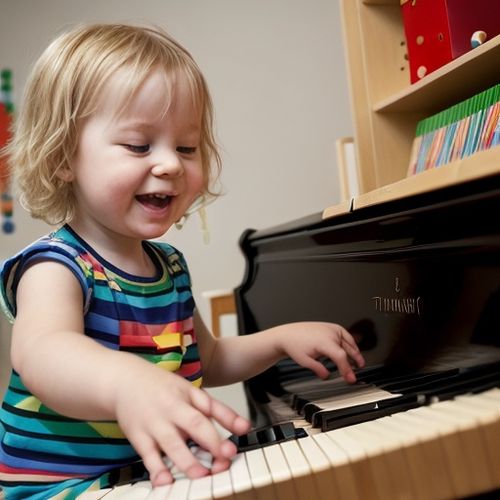
By William Miller/Apr 13, 2025

By Amanda Phillips/Apr 13, 2025
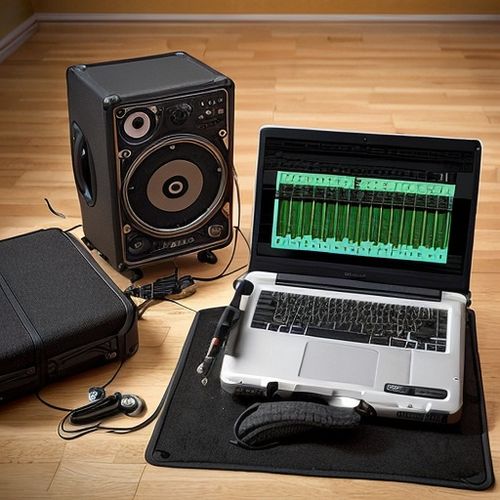
By Megan Clark/Apr 13, 2025

By Joshua Howard/Apr 13, 2025
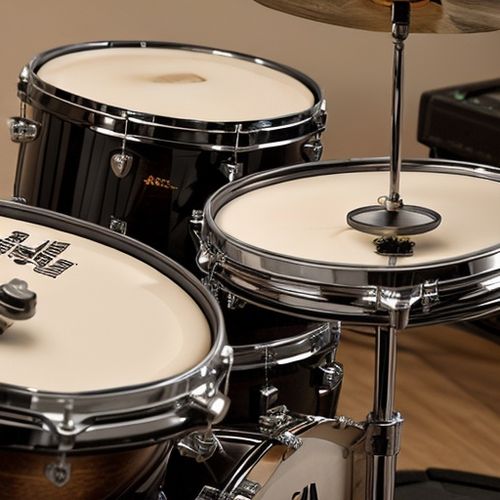
By Samuel Cooper/Apr 13, 2025
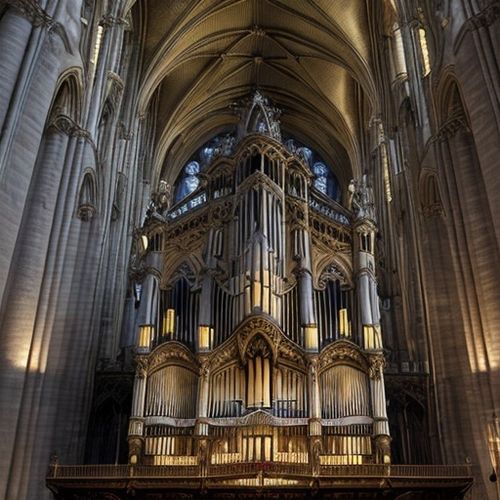
By Elizabeth Taylor/Apr 13, 2025

By Eric Ward/Apr 13, 2025

By Emma Thompson/Apr 13, 2025

By Noah Bell/Apr 13, 2025

By Sarah Davis/Apr 13, 2025
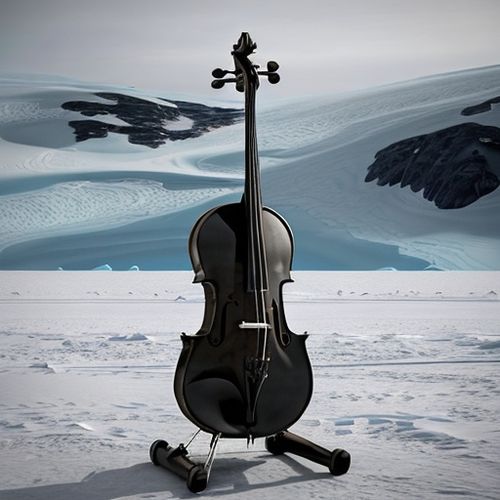
By Eric Ward/Apr 13, 2025

By Daniel Scott/Apr 13, 2025

By Benjamin Evans/Apr 13, 2025

By Elizabeth Taylor/Apr 13, 2025

By Grace Cox/Apr 13, 2025

By Megan Clark/Apr 13, 2025

By Benjamin Evans/Apr 13, 2025

By Thomas Roberts/Apr 13, 2025

By Sarah Davis/Apr 13, 2025